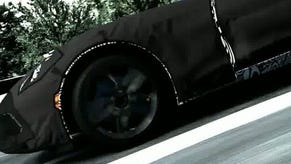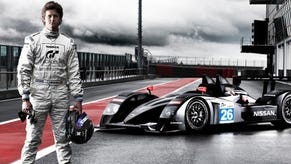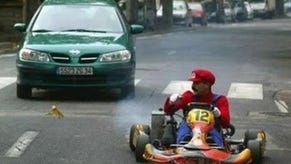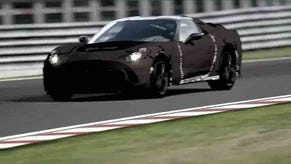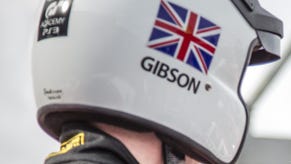Gran Turismo 5 Tech Analysis
Digital Foundry's most comprehensive feature ever.
Gran Turismo 5: The 3D Experience
The doubling of geometry and the increase in fill-rate and pixel shading requirements explains the performance differential seen in GT5 compared to the 60FPS or thereabouts of the 2D mode, but once again it must be stressed that 3D brings something different to the table compared to out-and-out performance. Sony has talked about 3D offering a competitive advantage in gaming - claims that were met with some derision from some quarters - but here, it clearly makes sense. To extend the parallel to real life, a race driver competing with one eye shut is obviously going to be at a disadvantage compared to a rival with full vision. In the world of video games, we've grown accustomed to perceiving depth from a flat image, but in this case, the benefits of 3D just help to make the look feel more "right".
There are clear signs that Polyphony Digital has been working on 3D support for Gran Turismo 5 for a long, long time - we know that because of the sheer volume of 3D demos we've seen at various consumer electronics trade shows. "3D was not something that was implemented at the last minute," Kazunori Yamauchi himself told Eurogamer this week. "We were working and testing with Sony two years ago."
Not only that, but during E3 we got our hands on the debug options menu which offered support for six different 3D display modes, only half of which appeared to function at all on an actual HDMI 1.4 3DTV - the chances are the other selectables, including interlace support, "chequerboard" and colour anaglyph (red/blue paper glasses mode) were designed for older 3D and even 2D displays, and thus weren't fully supported in the E3 demo.
Parallax and convergence settings could also be tweaked to change the level of "depth" and make the 3D view more comfortable, another first in all the PS3 3D titles we've seen. The final shipping game sees all of the funkier 3D modes gone with just support for the standard HDMI 1.4 720p stereo 3D output - however, the parallax and convergence tweakables are still present. Indeed, adjusting parallax from default is something of a must as the standard setting can feel rather flat.
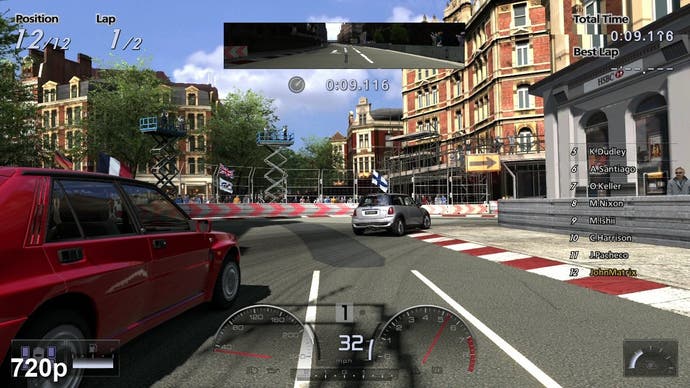
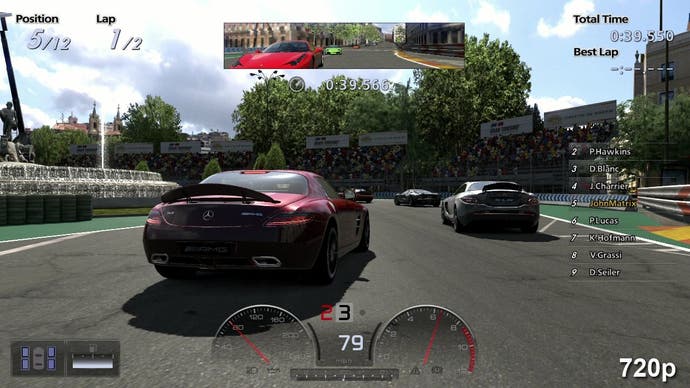
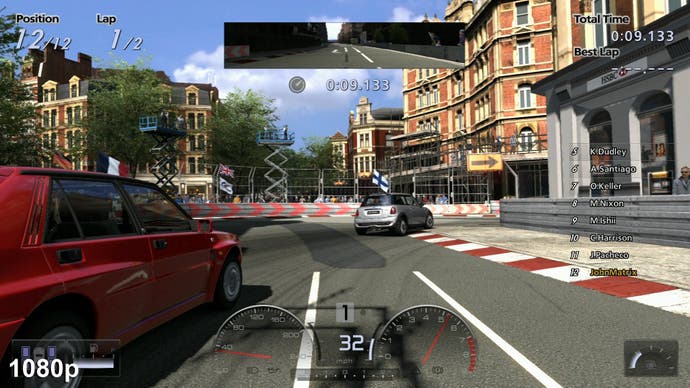
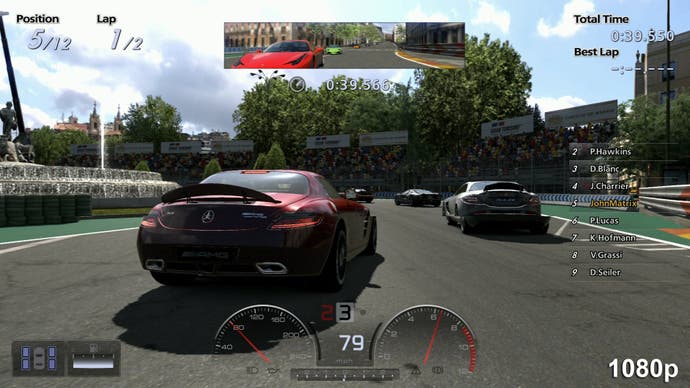
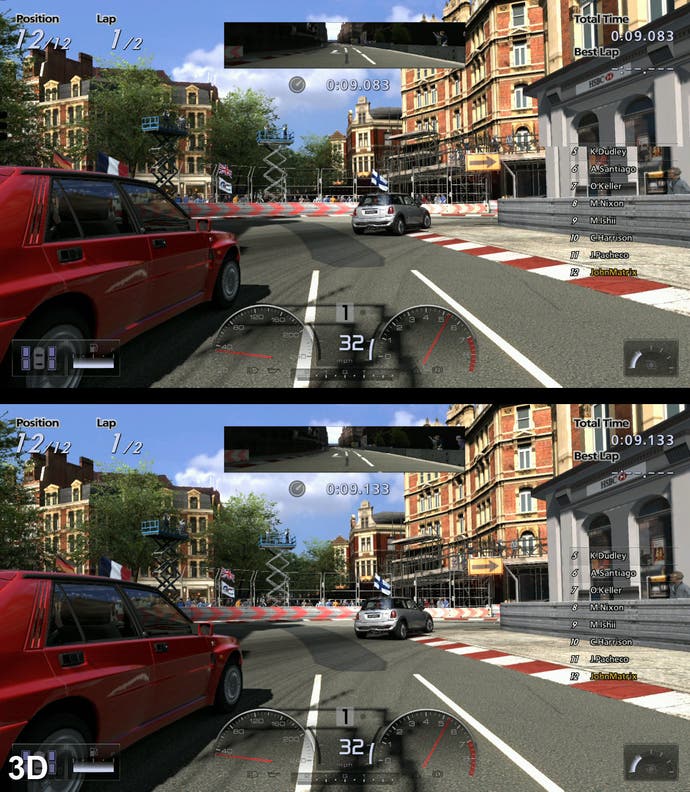
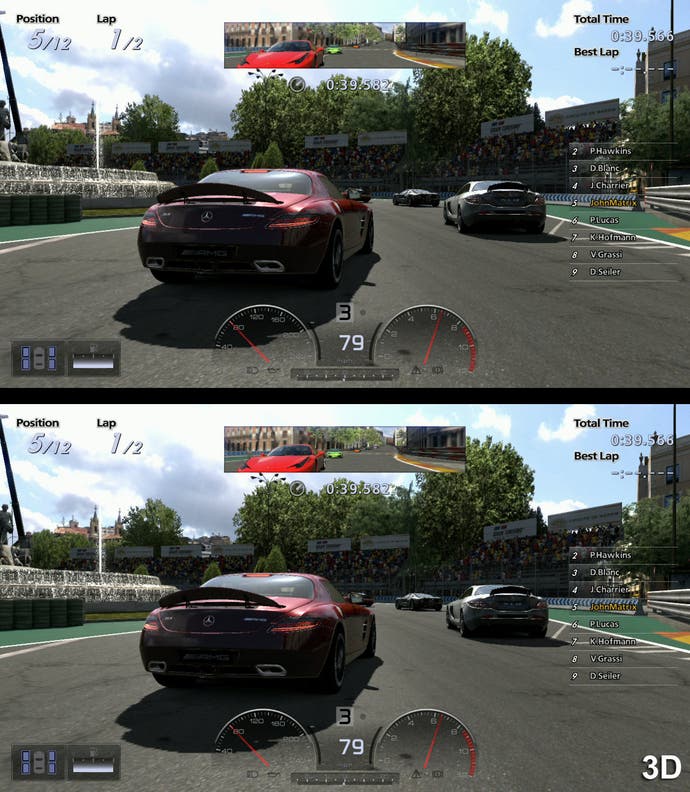
But is the 3D actually any good? Frame-rate issues aside, Gran Turismo 5 works in 3D, and works well, because Polyphony has made use of it as a tool in improving the experience of its "Real Driving Simulator". There are no attempts at 3D gimmicks or "in your face" effects. During gameplay it's all about depth perception: judging braking distances, turn-in points and apexes. It's some of the most impressive 3D we've seen so far because it has a clear purpose within the structure of the game, and helps make it better to play in some respects.
The views on offer are unchanged from the main game, so it's no mistake to see that the basic, internal viewpoint remains the most useful, whether you're playing in 2D or 3D. First-person views are pretty much the best available for more realistic stereoscopic effects, but excessively cool 3D camera work can be seen in the GT5 replays - there are some beautiful visuals here, sometimes off-set by a cripplingly low frame-rate which can cause an effect similar to ghosting/cross-talk.
The effect in these replays can look extremely impressive though. Some parts of the scenery are relatively low-poly and can look flat, but the overall effect in 3D is simply gorgeous, especially so on the car models. So much beautiful detail, combined with thoughtfully placed stereo 3D cameras, produce a look that is uncannily real.
Head-Tracking with PlayStation Eye
In addition to the immersion advantages of 3D, Polyphony has also given head-tracking a shot. A PlayStation Eye is required for this, using face recognition to track the physical location of your head. Working within the car's internal dashboard viewpoint (so premium cars only), the game notes movement of your head and adjusts the view to match. We had high hopes for the head-tracking, which works in both 2D and 3D, but the combination of latency and a sense of inaccuracy in the tracking, combined with the fact that it's just judging head position rather than where you're looking, makes it a bit of a disappointment.

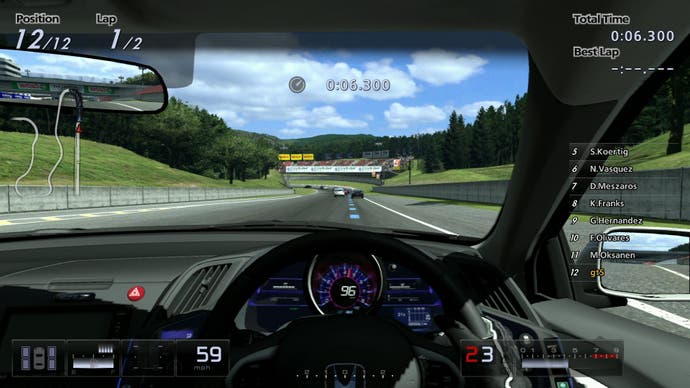
The next stage in gaming immersion is to combine 3D with head-tracking for a VR-viewpoint that would physically allow you to look around and explore the environment - or in the case of GT, look around those sumptuous cabins or cast your gaze ahead to the next corner on the track. In a recent interview with Develop, SCEE's 3D evangelist Mick Hocking talks about "holographics", though curiously nobody asked him what he was specifically referring to with that term... so we did.
Hocking is not referring to support for some far-off generation of holographic TV available years after the PS3 is superseded by its replacement - he is talking about exactly what we've just described: a meeting of stereoscopic 3D with head-tracking that follows the position and orientation of your face, and renders the view accordingly. Hopefully this will be one of the evolutions that Kazunori Yamauchi's team adds to GT5 - Hocking's team already has working demos of this technology.


